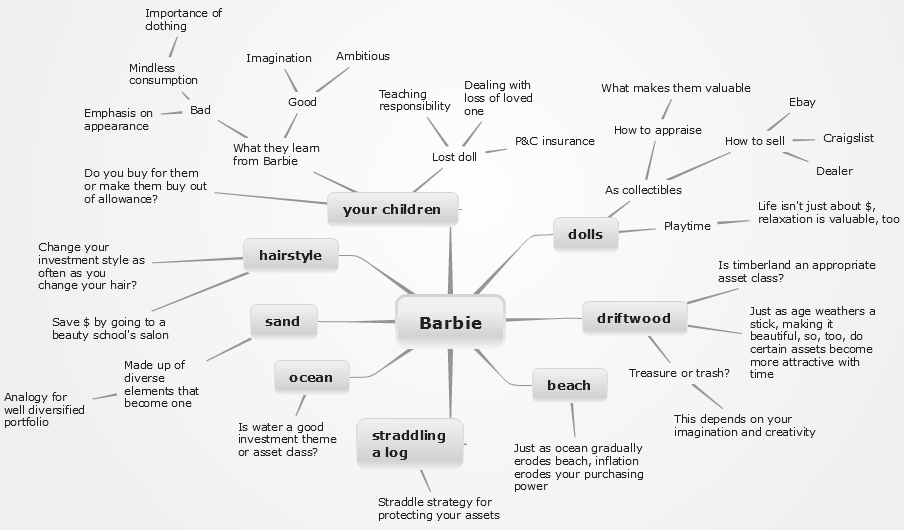Finding easy-to-follow formulas for your blog posts
 “Are there writing formulas I can follow?” This question from one of my blogging class students popped into my head as I read a Wall Street Journal article.
“Are there writing formulas I can follow?” This question from one of my blogging class students popped into my head as I read a Wall Street Journal article.
Find formulas in newspapers
If you’re an analytical, formula-loving blogger, then turn your eyes to The Wall Street Journal or another newspaper. You’ll find great models there. I especially like newspapers as models because their articles are short and typically get to the point right away. This is perfect for financial blog posts.
Formula: Summary + examples + explanation
“U.S. Profit Streak Hit by Global Weakness” on the Wall Street Journal‘s front page on July 30, 2012, suggested a formula to me. Start your article with a short summary statement. Follow it with short examples. Then dive into explanation.
Here’s how it looks in the article.
Intro: Bid adieu to growing profits.
Short examples: Slowing economies from the U.S. to China, increasingly wary shoppers, recession in much of Europe and a stronger dollar…
Explanation: Until Friday, the outlook had been for further growth in earnings. But forecasts are now turning negative…
Does this formula work for you?
If you use this formula, I’d like to see examples of your work. Please post them below.
By the way, if you like this post, you might also like “Make your writing easier with my fill-in-the-blanks approach for structuring articles.”











